“Washington, D.C” has become synonymous with dysfunction and division, an international punchline if it were not so tragic and so consequential. Why then visit the place, as we did this year in April?
One good reason is that there is so much there to see and to experience. Indeed, the experience of being in the nation’s capital, especially now, feels oddly redemptive. Despite political divisions and rancor, despite scars that remind us of our past and the unhealed wounds of a Civil War that continues to rage, there is much to be proud of here. It is hard not to feel at least a tiny pulse of patriotism so close to the Capitol dome.
And so much to see—too much to do. We are grateful for our friends in Arlington for their advice and guidance that made our visit so much more enjoyable, for their friendship most of all, for their guest-room that became our temporary home, and for the generosity to let us borrow their car for a two-day side trip to Gettysburg.
Before we came, we made a list of places we wanted to visit. In the end, subtracting some and adding some, we made more than 15 stops in and around the National Mall. Fifteen must-see stops in nine days is too much, but we could not help ourselves. How do you not visit the Lincoln Memorial, or the Capitol building, or the National Gallery of Art, or the new Museum of African American History and Culture (opened in 2016, it is just one of the 19 museums that the Smithsonian comprises), or the Vietnam War Memorial, or Arlington National Cemetery? Each of our 15 stops told a story that we could not miss, that we just had to make time for. Our days were full trying to do it all, and we pushed ourselves to the edge of near-exhaustion—and maybe, a day or two, right over that edge.
I come back to the experience of the place. The experience is a living thing, an enormous presence that immerses you when you are surrounded by these museums and monuments and magnificent public buildings. It is the American heritage that overwhelms you. It is a heritage that transcends the political moment.
Maybe the most memorable part of our trip to Washington was not Washington at all, but our side trip to Gettysburg. It is a special place in America. As we toured the battlefields, we could feel Lincoln’s words. It is “consecrated” ground. In our own day and age, we find ourselves still testing whether a nation “conceived in Liberty and dedicated to the proposition that all men are created equal” can long endure.
The Civil War became the subtext of our visit. We could feel its closeness to our time, reinforced by images of the 16th President. He was our greatest president because his vision and power of will ultimately held the nation together, though our battles continue.
The city is haunted by the souls of great men and women. Their spirits live on in the place and give us hope. One spirit is Frederick Douglass, who fled from slavery, taught himself to read and write, and became an eloquent advocate for the abolition of slavery and for women’s right to vote. Lincoln welcomed Douglass to the White House in the midst of the Civil War where he discussed the recruitment and fair treatment of black soldiers. We visited Douglass’s home in Anacostia.
Franklin Roosevelt, the country’s 32nd President, led the nation out of the Depression and through World War II. In his 1941 State of the Union address, he articulated Four Freedoms: freedom of speech and expression, the freedom of every person to worship God in his own way, freedom from want (“economic understandings which will secure to every nation a healthy peacetime life for its inhabitants”), and freedom from fear (“a world-wide reduction of armaments…that no nation will be in a position to commit an act of physical aggression against any neighbor”). He thought that this vision would be “attainable in our own time and generation.”
A few blocks from the Capitol stands the Sewall-Belmont House, which became the headquarters of the National Woman’s Party in 1929. The NWP had been formed in 1916 by Alice Paul and Lucy Burns to be an organization dedicated to securing the right of women to vote, a struggle that eventually succeeded with the passage of the Nineteenth Amendment in 1920.
The assassination of President Kennedy on November 22, 1963, shocked the nation, and for me at the dawn of my teenage years it was a kind of political awakening. In 1961, his inaugural address called for us to ask what we could do for our country. I heard his words as a summons to public service, and it may well have influenced my career choices throughout my working life.
The Martin Luther King Memorial was completed in 2011, more than 40 years after his assassination in 1968. The centerpiece of the memorial is a 30-foot high statue of the civil rights leader that emerges from three granite boulders representing a “stone of hope” transcending the “mountain of despair.” The imagery comes from King’s “I Have a Dream” speech:
With this faith, we will be able to hew out of the mountain of despair a stone of hope. With this faith, we will be able to transform the jangling discords of our nation into a beautiful symphony of brotherhood. With this faith, we will be able to work together, to pray together, to struggle together, to go to jail together, to stand up for freedom together, knowing that we will be free one day.
King delivered the speech on the steps of the Lincoln Memorial during the 1963 March on Washington for Jobs and Freedom, three months before President Kennedy was assassinated. The dream lives in this place, in this time.
Visits: 162
Some other stuff for later,
- 65We drive north from Buffalo on I-90. Our destination tonight is the town of Anaconda, about 20 miles west of Butte, Montana. The founder, copper king Marcus Daly, wanted to call the town “Copperopolis,” but another Montana mining town had already claimed the name. So the town became Anaconda instead,…
- 63My wife and I recently returned from a trip that included a two-night stay in Savannah, Georgia. Neither of us had been there before, yet some source deep in memory gave me the notion that we would find a charming, picturesque and historic place. In preparation for our visit to…
- 63Leaving Durango, our road trip’s next destination is Buffalo, Wyoming. Our visit to Buffalo completes a circle, linking this road trip to our last big road trip when we visited the town for the first time and stayed at the Occidental Hotel in 2010. The distance from Durango to Buffalo…
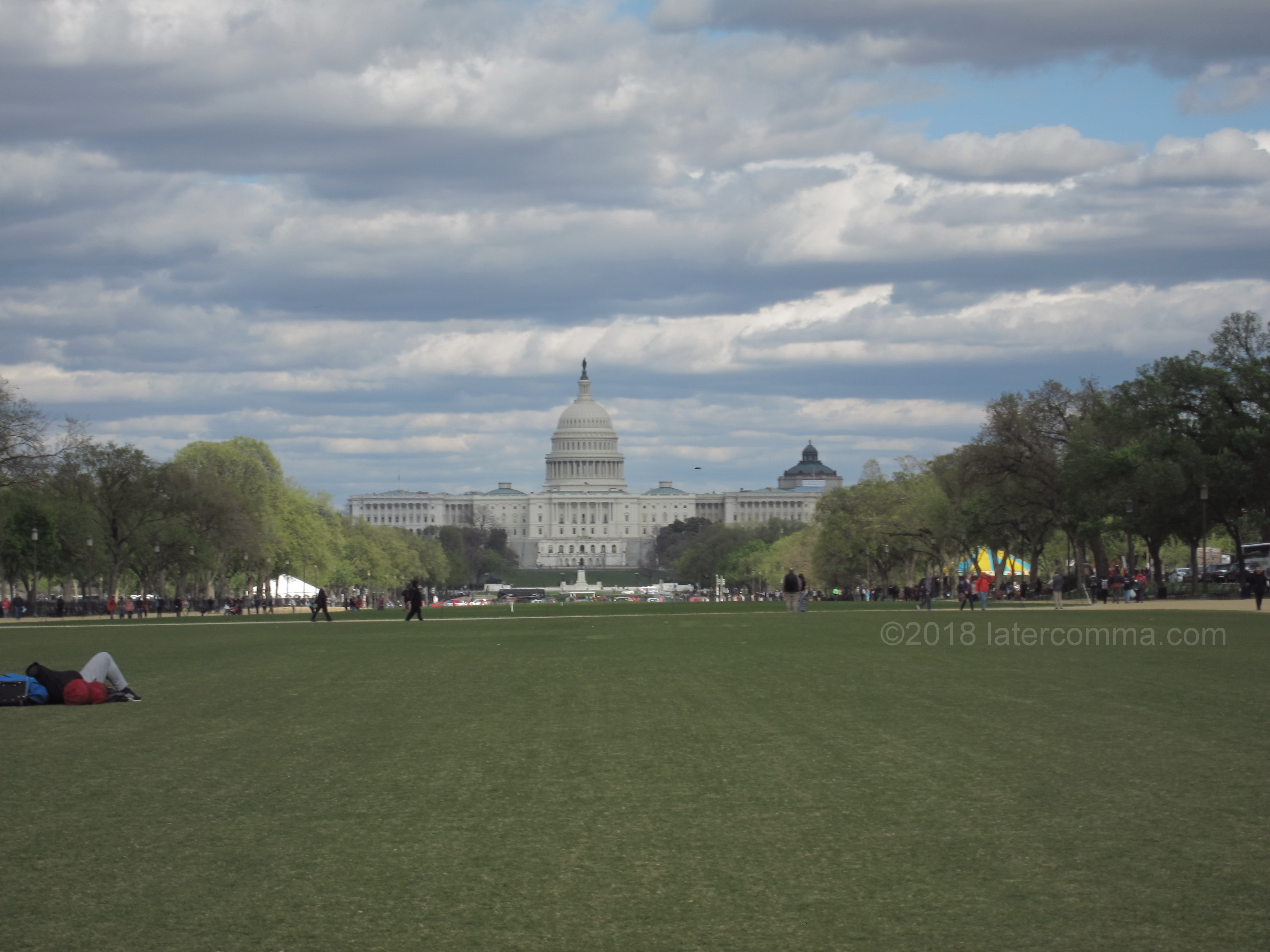
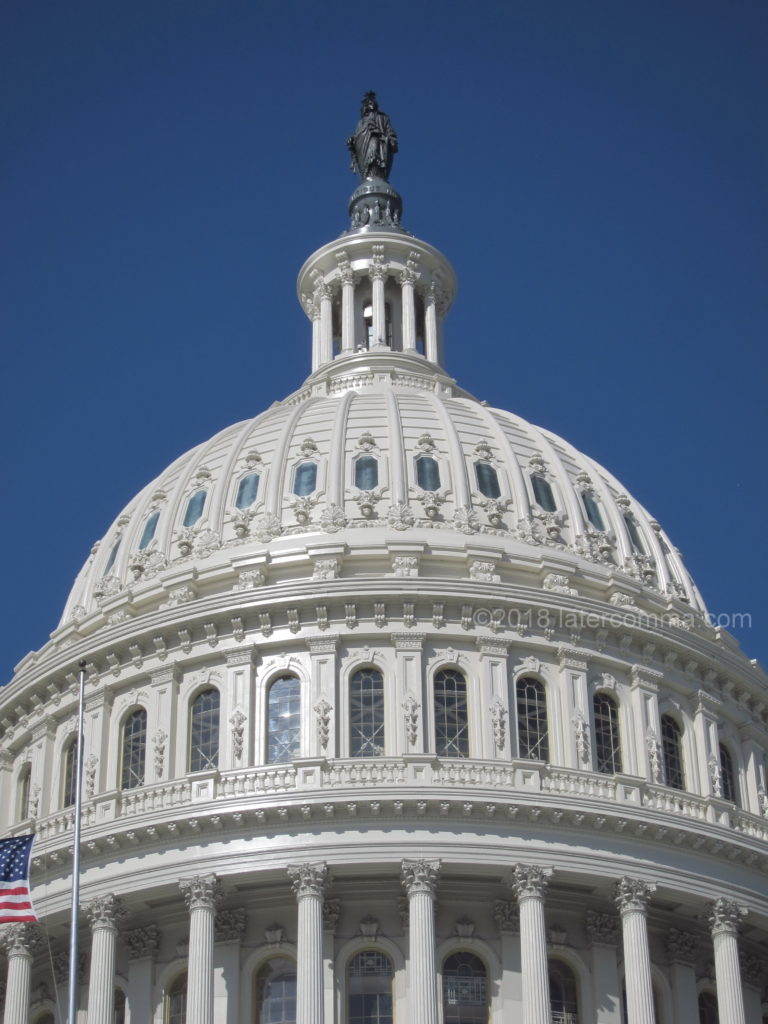
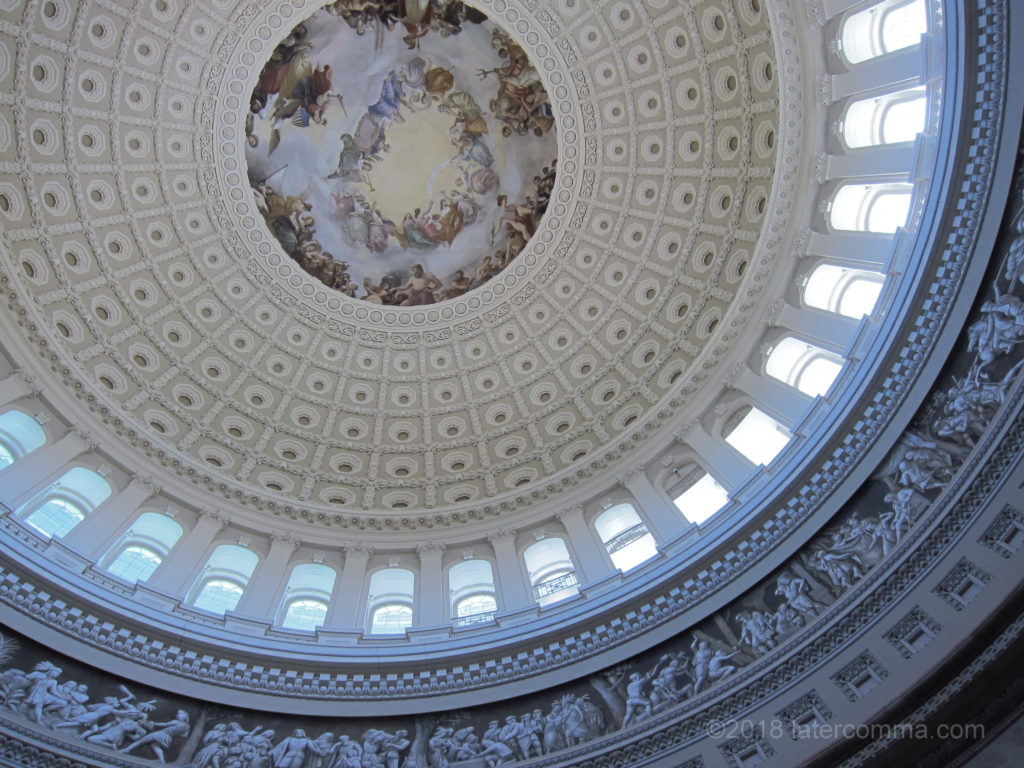
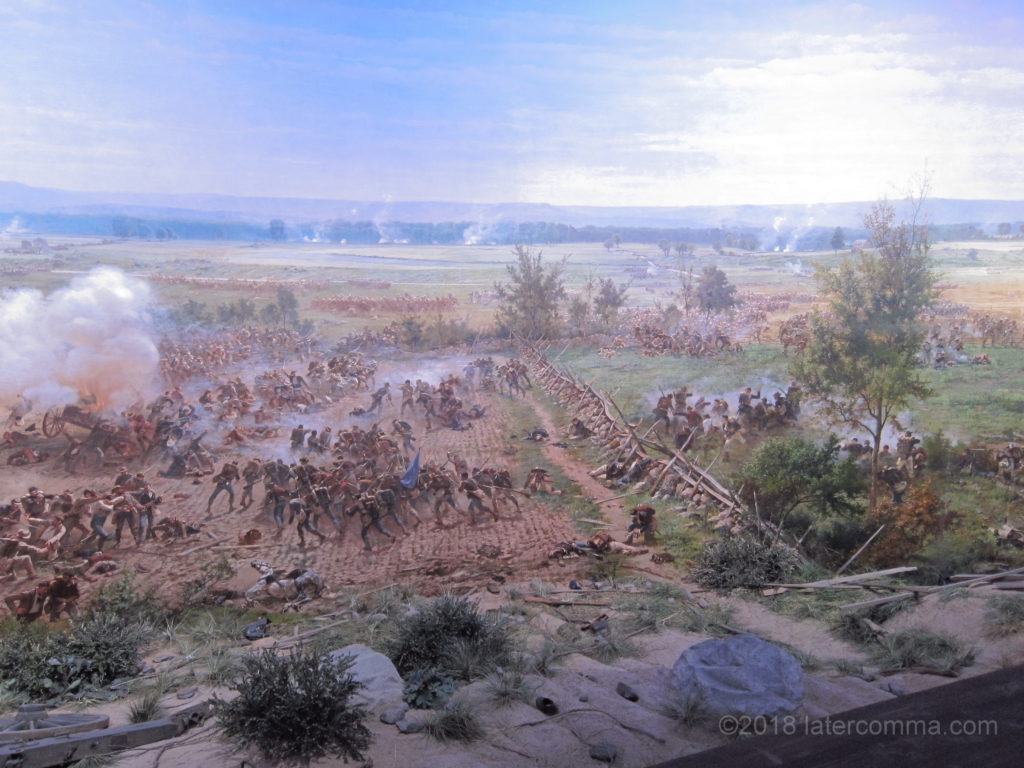
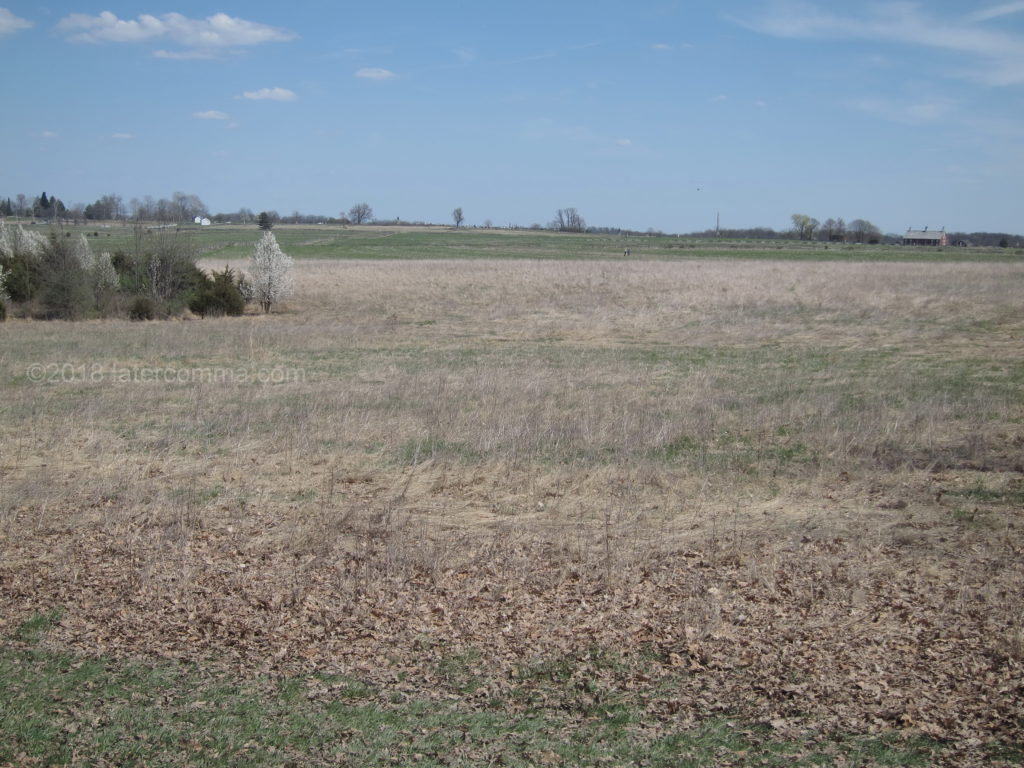
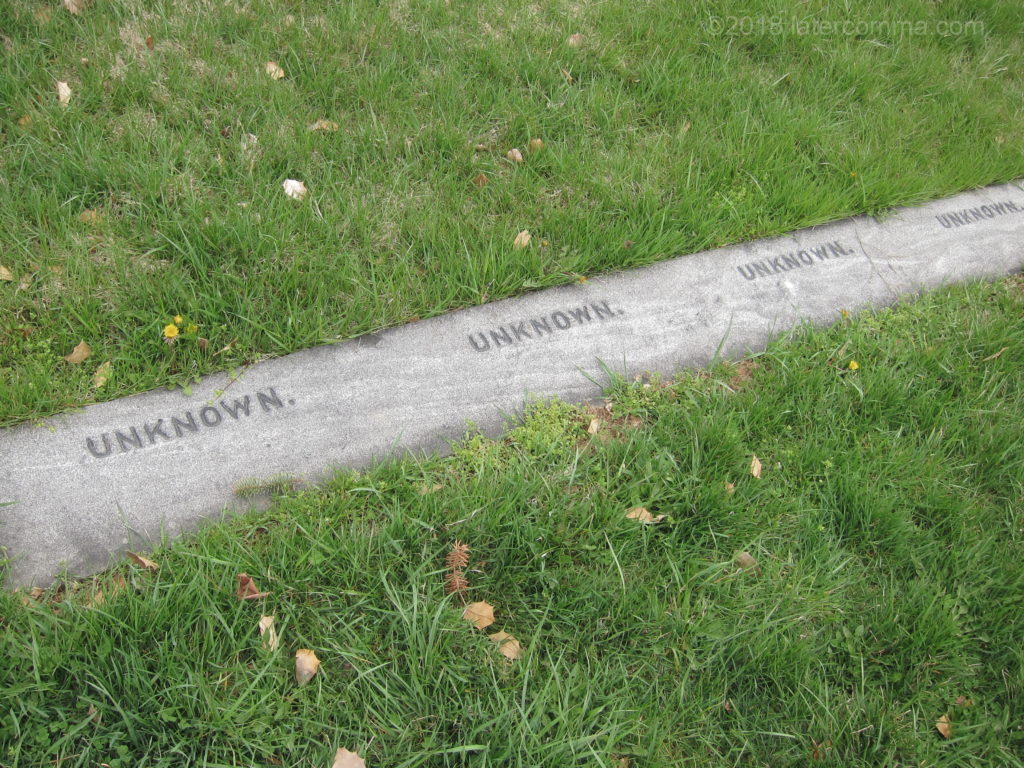
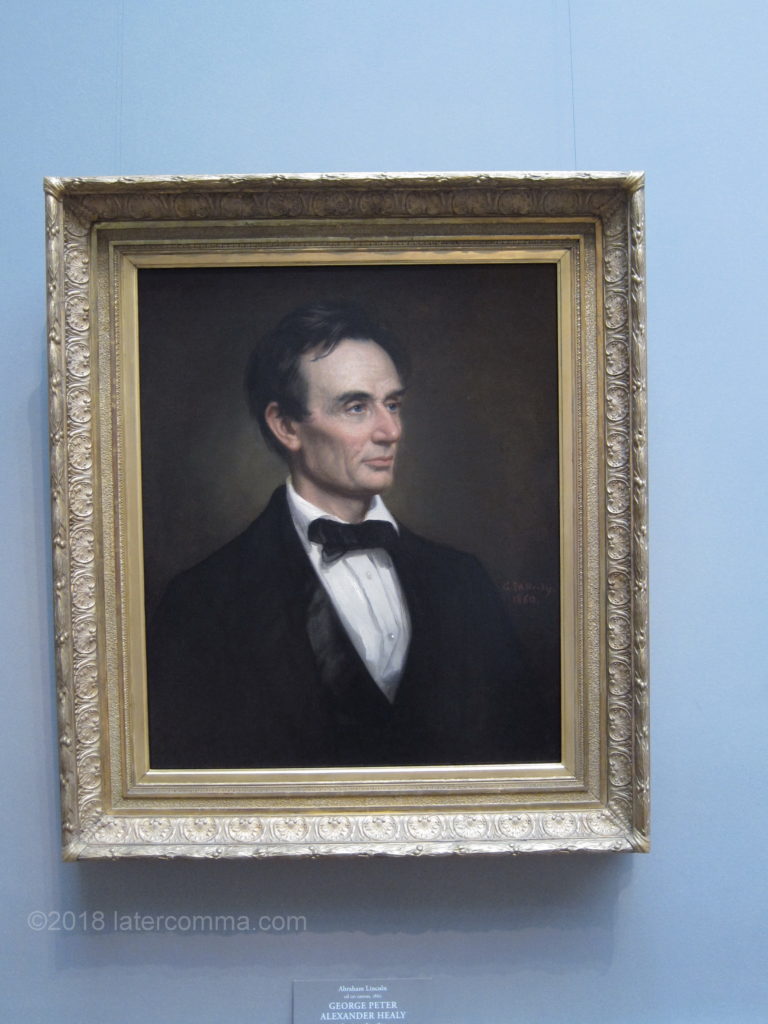
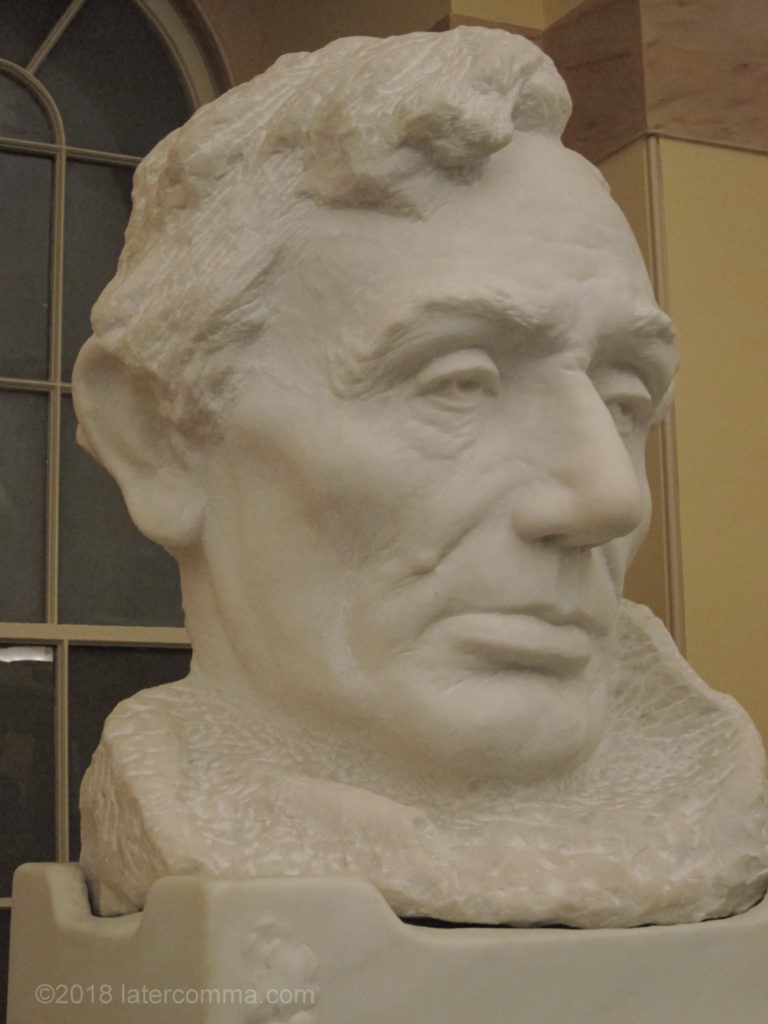
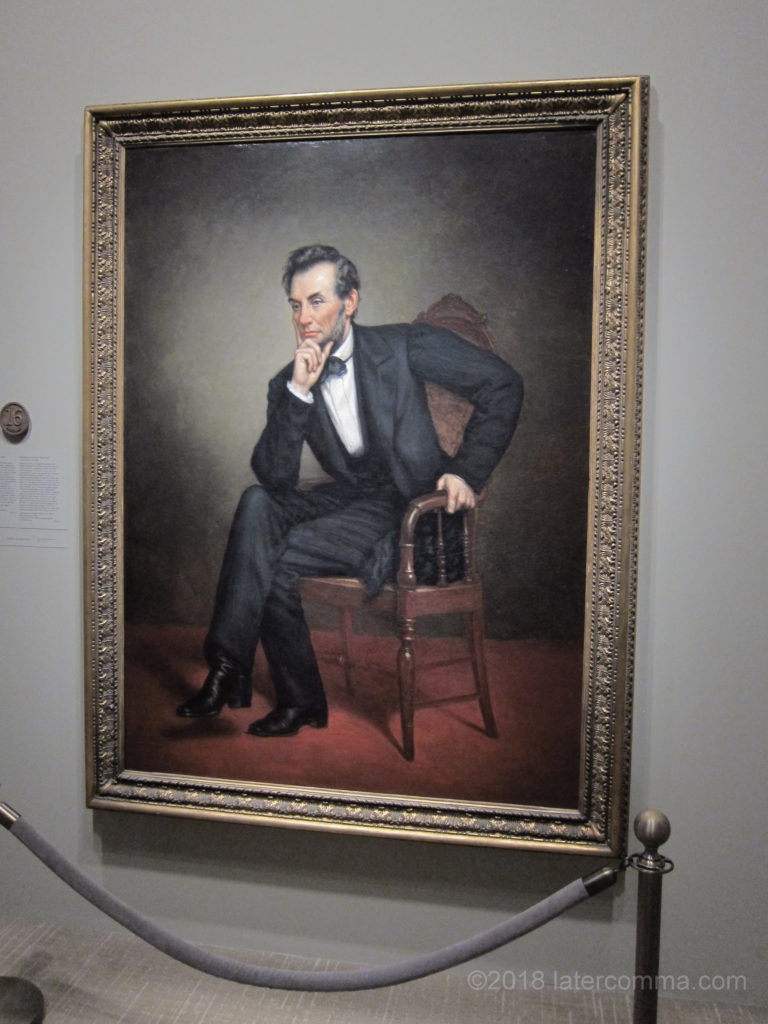
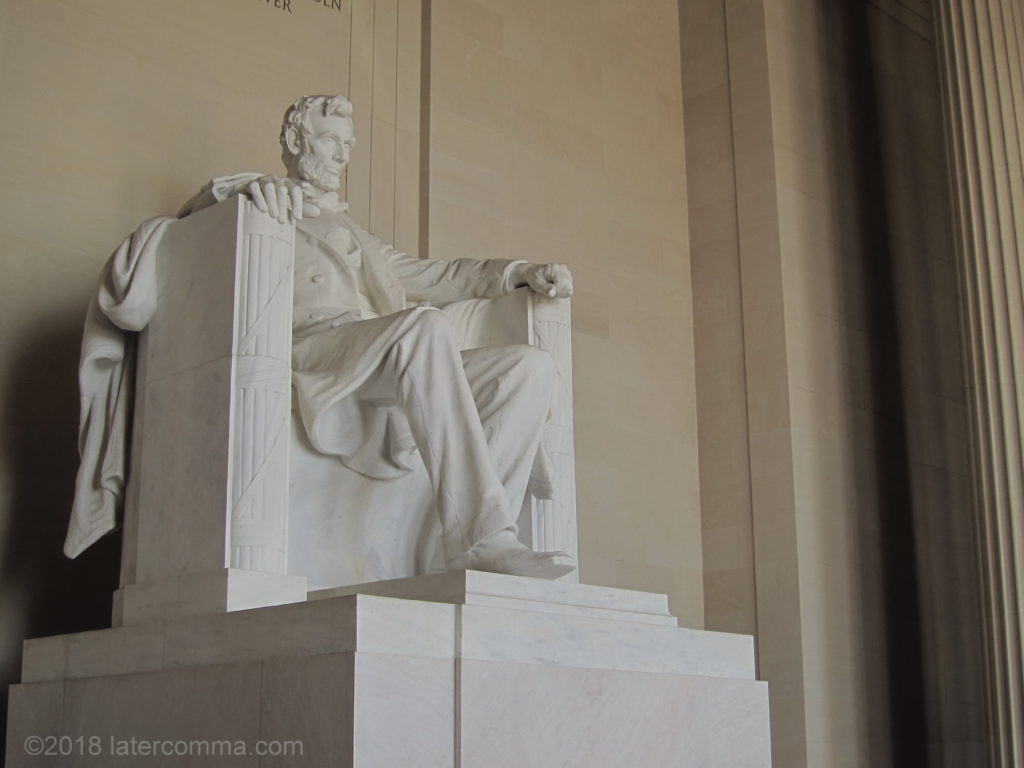
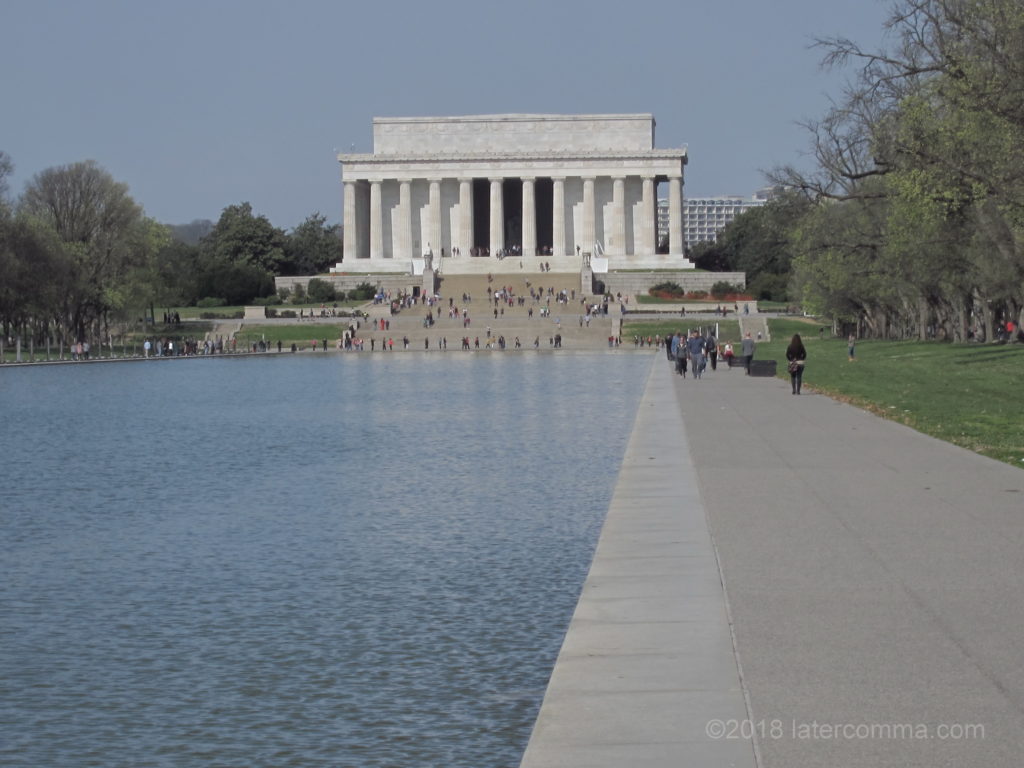
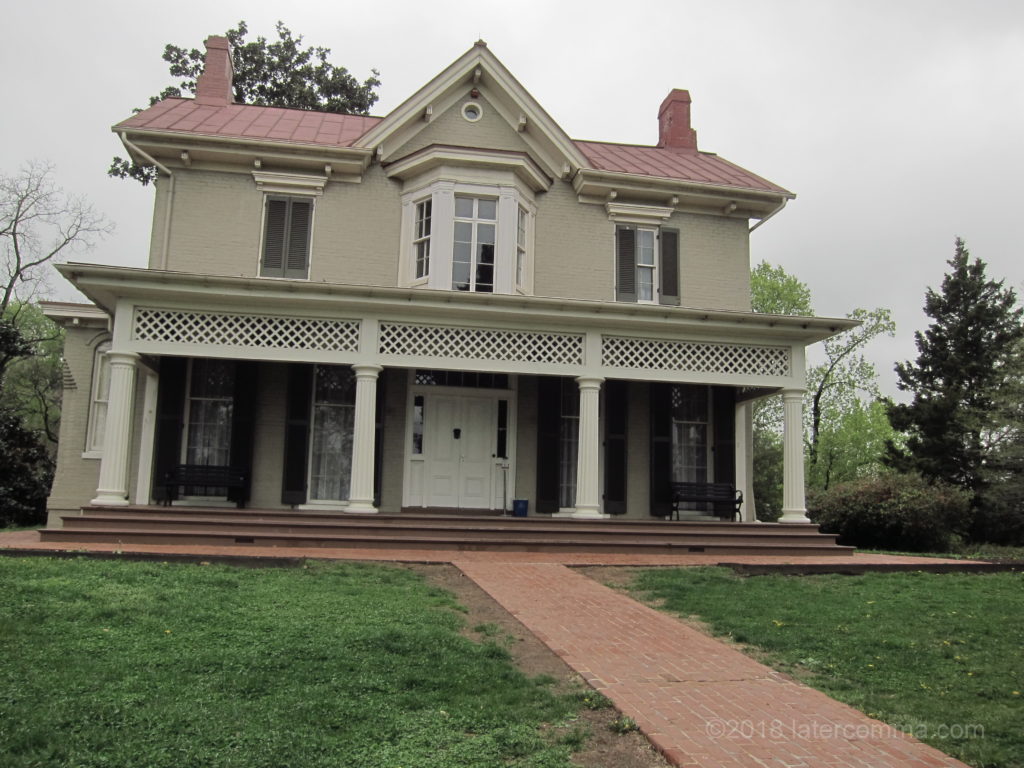
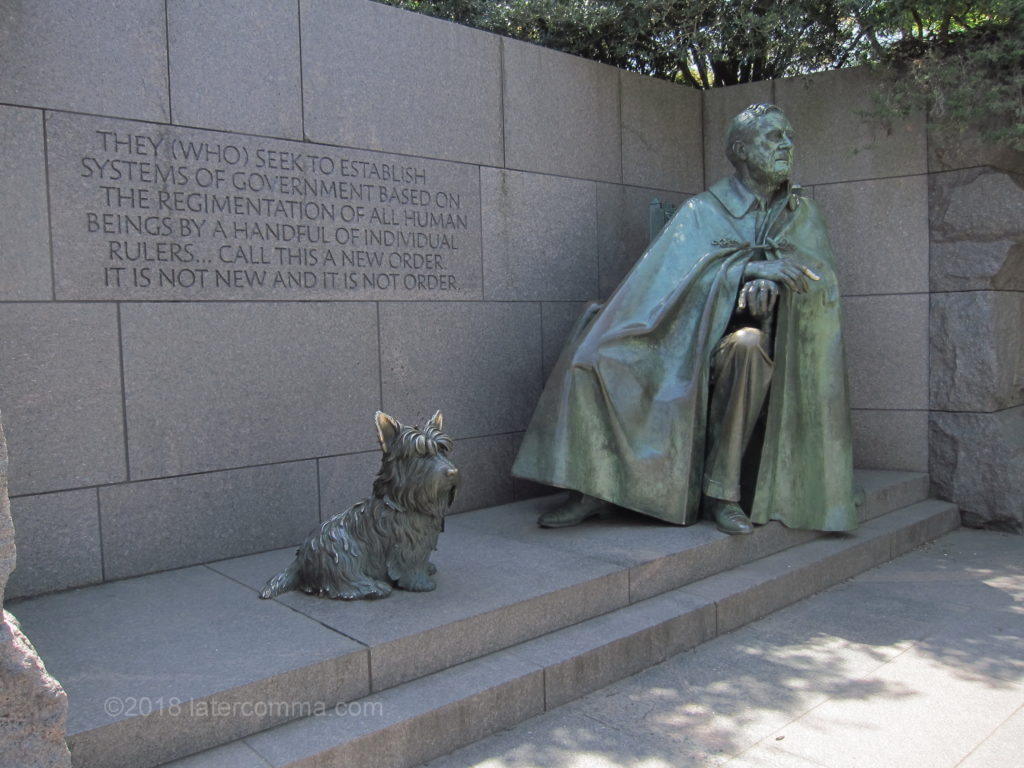
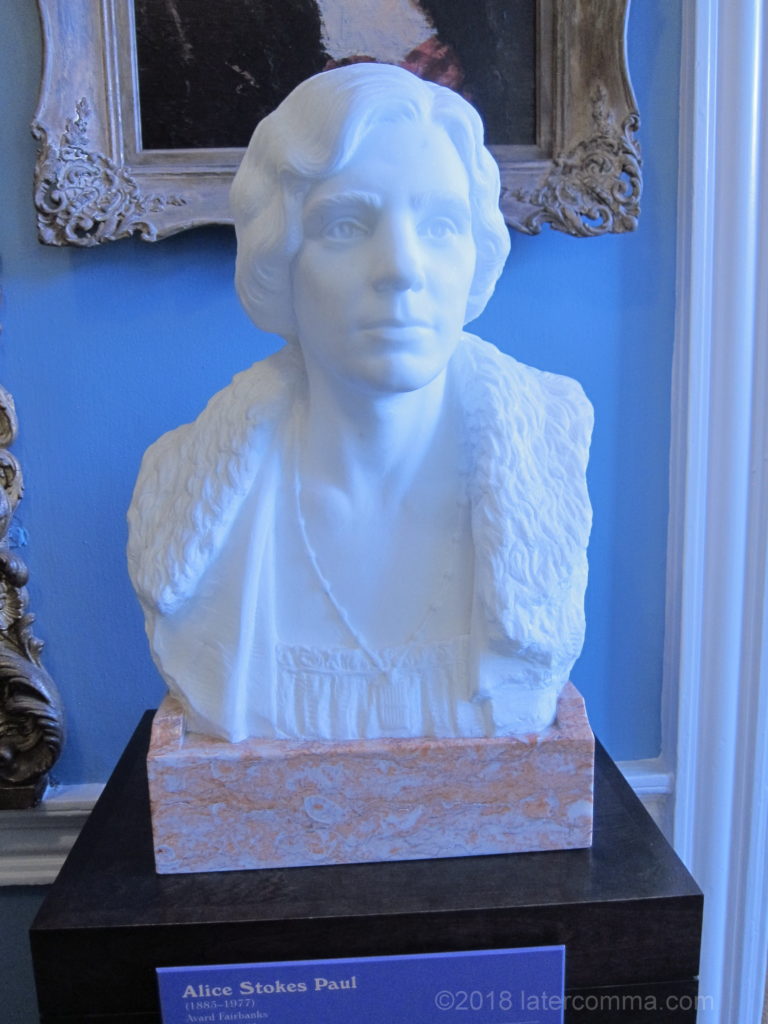
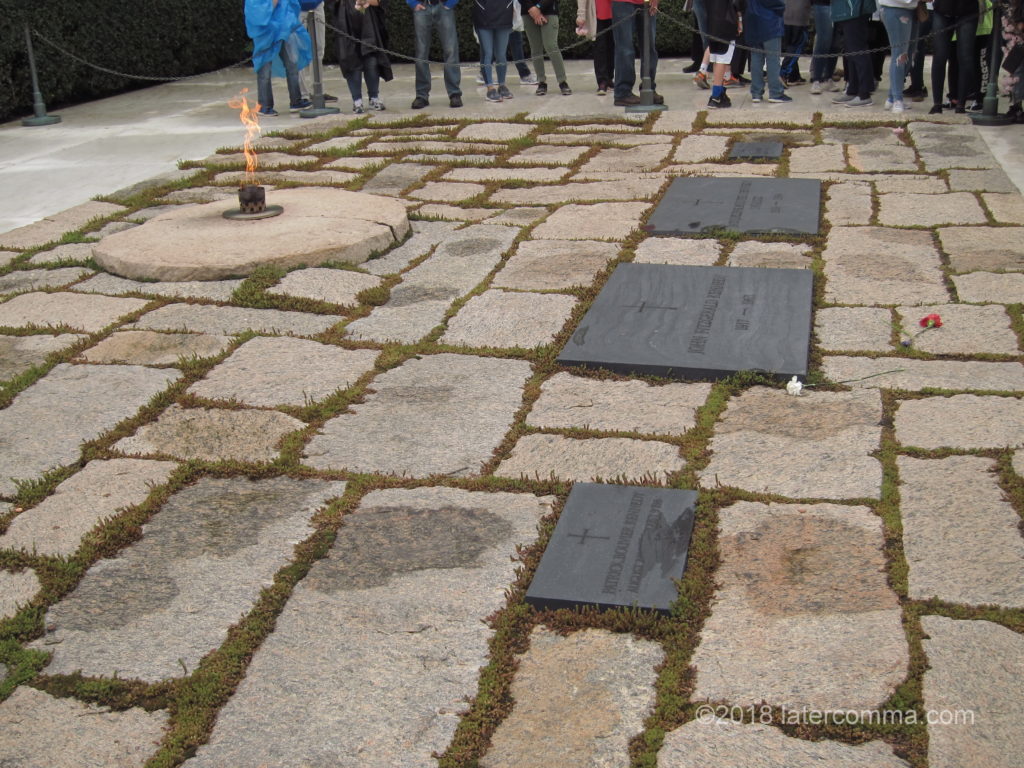
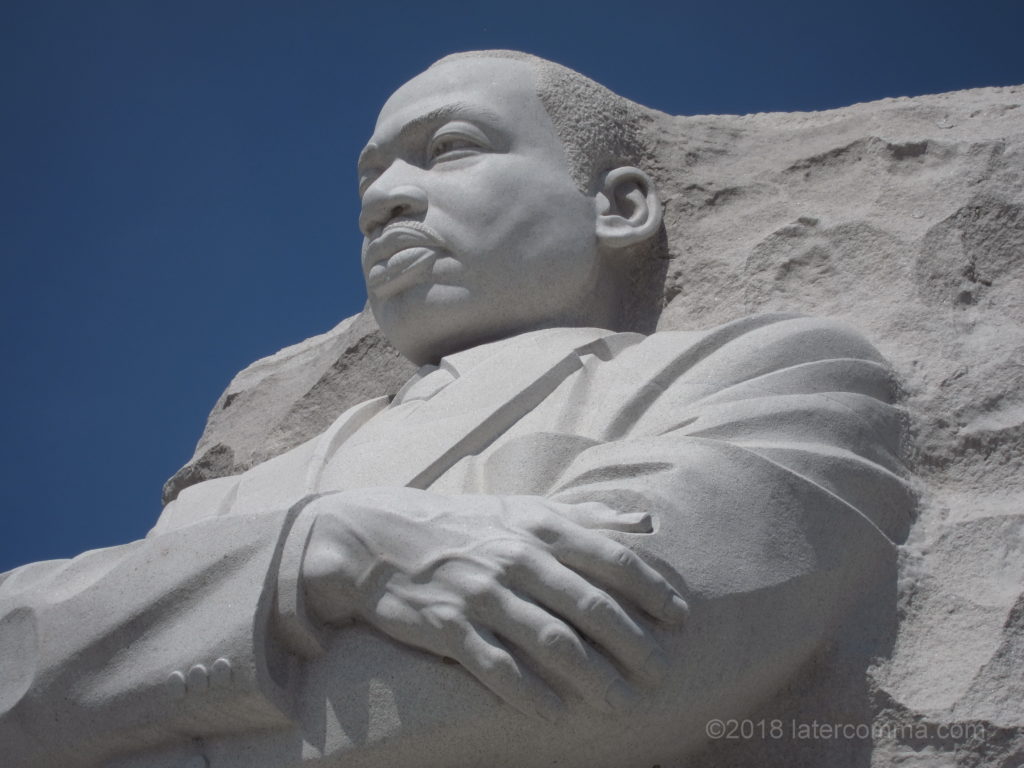
Leave a Reply